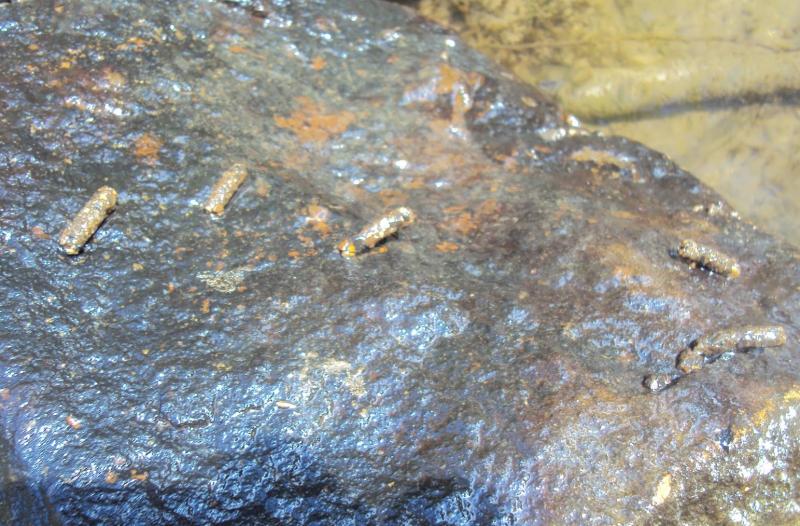Free Video River Fly Fishing Course
20+ instructional videos, shot in 4k. Free to all new and existing newsletter subscribers – Click Here!

The Caddis fly (sometimes referred to as the Sedge by anglers) is one of the most important patterns to have in your fly box. Why is this? The main reason is that they are just so abundant in nature. For example – I can turn over nearly any rock in my local streams, and it will have cased caddis larvae attached. The next piece of good news is that Trout and Grayling love them. Fish will feed on all stages of the caddis fly from the cased version through to the pupa and the adult fly too.

There are over fourteen thousand species of caddis but the good news is you really don’t have to have many different patterns in your box. A few different sizes and colours of the adult and pupa is often all that is required to imitate most of the caddis you will encounter.
Caddis can start to hatch on rivers with the Grannom in March/April time although distribution can be localised, from then on different species will emerge right through until Autumn. As they emerge, adult caddis fly can ‘skitter’ across the water and a larger caddis pattern twitched on the surface of a pool during dusk time can raise some mighty trout. For the Grayling angler, the caddis larvae tied as a Czech nymph is an extremely popular pattern. Grayling have even been observed nosing over stones to get to the caddis larvae on the bottom.
For dries, If you opt for one pattern, the elk hair in a couple of sizes and colours can often be all you need. For the larvae a hydopsyche is a great choice. Enjoy your fishing and tight lines for the season.
Free Video River Fly Fishing Course
20+ instructional videos, shot in 4k. Free to all new and existing newsletter subscribers – Click Here!



